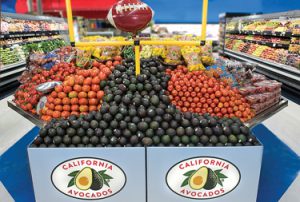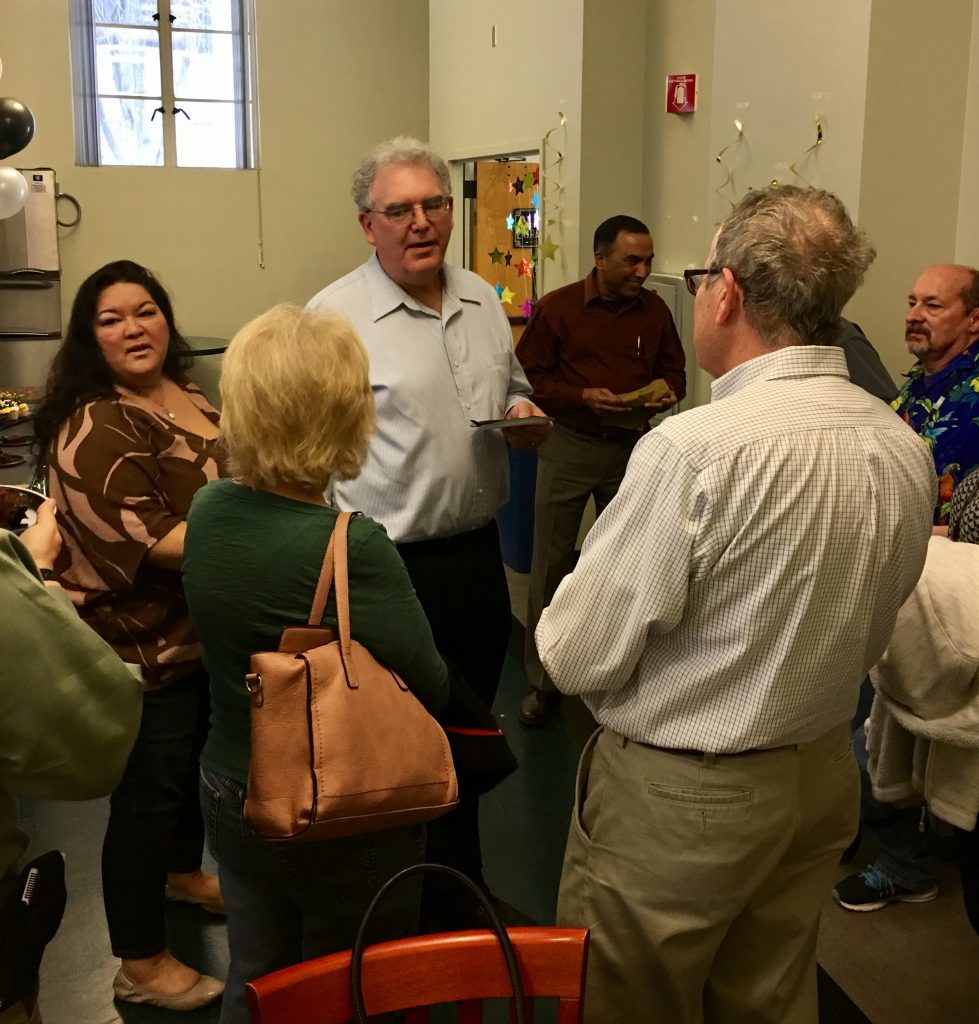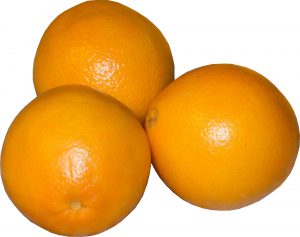The produce industry sure is. No matter which way you cut it, the produce industry is sure to score big this Super Bowl season. After all, there’s no better way to watch the Big Game than with some fresh fruit and veggie-inspired snacks and dishes.
“Merchandising for the Big Game is a very smart idea for produce,” said Jan DeLyser, vice president of the California Avocado Commission. “For the avocado category, the weeks leading up to Super Bowl traditionally experience some of the highest volume of the year. Guacamole and Super Bowl are inexorably linked now, and beyond that, consumers are including avocados in their game day salads, sandwiches and snacks.”
Produce companies can certainly attest to that. Brent Scattini, vice president of sales and marketing for Oxnard, CA-based Mission Produce, said the Super Bowl generates around $60 million in avocado sales, which is second only to Cinco De Mayo.
“Last year, volume was up 17 percent vs. 2016,” he told The Produce News. “The great thing this year is supplies are ample, with good-quality avocados for all kinds of promotional activities nationwide.”
Scattini stressed the importance of having ripe fruit on store shelves, or the option for customers to buy product that is ready to eat in two to three days, or four to five days.
“Offering consumers a few different options in regard to ripeness is important,” he said. “And having ripe fruit on the shelf is the most paramount activity.”
Eye-catching displays and cross-promotions are key when it comes to Super Bowl sales, and the weeks leading up to the event are a great opportunity for companies and stores to up their merchandising game.
“Within retail spaces, high-impulse and unplanned purchases are driven by displays, so our merchandising team works with produce managers to build dynamic arrangements in the produce department and other high-traffic areas in the store,” said Valerie Sherman, communications and engagement manager at Bakersfield, CA-based Grimmway Farms.
Sherman noted that Grimmway’s party favorite Carrot Stixx and baby carrots are ideal for dipping and snacking while watching the Big Game.
“Cross-promoting our value-added carrots with hummus and guacamole plays right into the healthy eating and convenience trends that consumers are looking for when shopping for fresh options,” she added.
Speaking of snacking, Camille Balfanz, brand manager for Litehouse Foods Inc., headquartered in Sanpoint, ID, suggests retailers drive sales by creating in-store snacking destinations that align with the Big Game.
“For example, combining chicken wings, celery and Litehouse dressing in a secondary display has proven to be a huge success for retailers,” she said. “Consumers see a one-stop shop, maximizing convenience and increasing sales at the register.”
Balfanz noted a campaign that has been “highly effective” for Litehouse is its Bring on the Heat football promotion, which features Litehouse Chunky Blue Cheese and Homestyle Ranch dressings as the perfect dips to compliment veggies and hot wings.
“We create an integrated marketing campaign that included on-shelf promotion, in-store signage and POS materials and secondary display support,” she said. “To drive consumers to retail, we amplify the promotion with our 500,000-plus Facebook fans and across our other digital platforms.”
During this year’s promotion, consumers can also enter a sweepstakes to win a 65-inch flat screen TV when they vote for their favorite dip on the Litehouse website or Facebook page.
Litehouse isn’t the only one going big this Super Bowl season. Wadena, MN-based Russ Davis Wholesale also has some major plans and promotions in the works leading up to the Super Bowl, especially since the Big Game will be held right in its backyard in Minneapolis.
“Our vision over the last two to three years has been to make the produce aisle the new snack aisle,” said Pat Miller, vice president of Russ Davis Wholesale. “These next few weeks leading up to the Super Bowl is a great opportunity to stress that and get some healthy snack options for the Big Game and drive more retail produce sales.”
Russ Davis is a wholesale distribution company with its own Crazy Fresh Produce brand, which includes four different kinds of fresh tableside guacamole — perfect for Super Bowl festivities.
“We also do a quick-and- easy microwaveable spinach and artichoke dip,” Miller added. “If the consumer doesn’t want to buy all those ingredients, they can buy this off the shelf, throw it in the microwave for a few minutes and have an incredible dip.”
Crazy Fresh Produce also has its own line of white corn Gorilla Chips, which pair well with any of its salsas, guacamoles and dips.
“It’s a fantastic pairing and adding more items to the shopping cart,” Miller said. “If consumers are going to buy two or three dips, they’re going to buy tortilla chips.”
As far as game day promotions, Russ Davis is using the power of social media to incentivize consumers with contests and giveaways, including party packs, big screen TV, and Crazy Fresh Produce apparel. It’s also helping its retail partners out with in-store promotion contests and demos.
“Our main goal is to drive more sales for our retail partners,” Miller said. “Demos build bigger shopping baskets at retail — that’s such a key part to business.”














